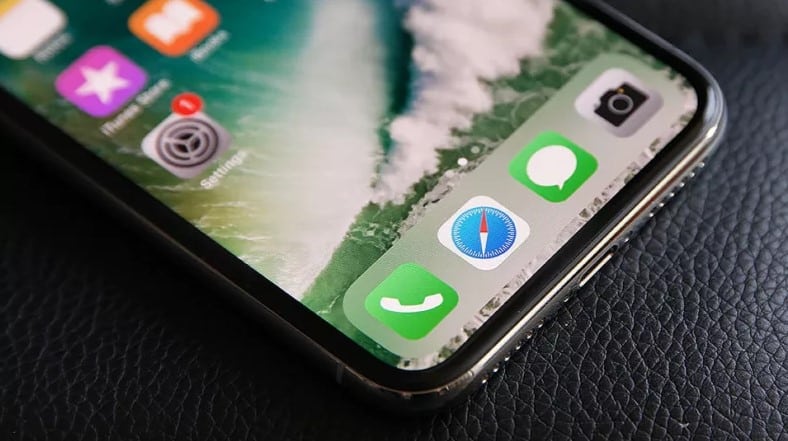
One of the most interesting tidbits of news to come out of Microsoft’s Build developer conference earlier this week was the company’s upcoming Your Phone app, which attempts to bridge the gap between mobile and desktop messaging by letting you send and receive texts (along with some more advanced screen sharing and file transferring features) from your phone on your Windows 10 computer.
It sounds pretty cool, but with full support for mirroring texts in Your Phone planned only for Android devices so far, you have to wonder what a person with an iPhone and a Windows PC is supposed do? Well, based on an interview between Microsoft execs Joe Belfiore and Shilpa Ranganathan and The Verge, Microsoft is also “very willing to work with Apple” in order to bring iMessage support to Your Phone too.
At this point, a lot of Apple fans are probably exclaiming “Of course they would,” knowing that Messages is one of the biggest things that prevents people from switching away from an iPhone to an Android device. Whether it’s the simplicity of not having to think about if your next text will be sent as an SMS or a data message, or just not wanting to see little green chat bubbles, the sway Apple Messages holds over people is strong. And in the U.S., where Apple controls 35 percent of the smartphone market, for better or worse, Apple Messages is currently the best multi-platform messaging system.
But what if, and I admit, it’s a big “if,” Microsoft and Apple could actually work together to bring support for Messages to Your Phone or other third-party apps? In some ways, this might actually be the step we need to make a truly universal messaging app.
Despite past efforts with Hangouts, Allo, Google Talk and others, Google doesn’t seem to be really interested in making a universal chat app, or even an Android version of Messages. Instead, the company is championing RCS (rich communication services) as platform to improve the how typical SMS messages function, and then building support for that into Android Messages. However, that strategy still leaves a lot of control over texting in the hands of wireless carriers, who also need to support RCS to make both ends of the chat pipeline work, and Apple, which has yet to pledge support for Google’s messaging standard.
Meanwhile, Apple seems perfectly content to worry only about its own corner of the messaging world, while leaving everyone else out in the cold. There are also other services like WhatsApp or WeChat, which have essentially become the default messaging apps in Europe and China, respectively. However, WhatsApp is owned by Facebook, which is embroiled in a tangle of privacy and security issues, while WeChat would have to overcome many foreigners’ distrust of China to see anything close to global adoption.
That leaves Microsoft, which after the death of Windows Phone and no mobile OS to call its own, to be the neutral third-party that could bridge the gap between Apple’s and Google’s messaging strategies. So if Your Phone gets support to relay messages from Android and Apple phones to PCs, it’s possible that Microsoft could follow that up with the ability to let different users talk to one another directly across multiple platforms in Your Phone too.
However, that means Apple would need to give up total control of one of its biggest competitive advantages, and Microsoft would have to create a new messaging service that doesn’t suck, which as we’ve seen by Google’s multiple failed attempts, isn’t a trivial task.
Yes, all this speculation is a bit far-fetched and more of a pipe dream than something that could actually play out, but it’s a symptom brought on by the the sick and disjointed world of messaging we live in today. Instead of trying to carve out little texting fifedoms scattered across the net, wouldn’t it be nice if there could be a universal common ground and then we could go from there? RCS and Apple Messages are two of the most popular ways of doing just that, but maybe, just maybe, some added collaboration between those two Microsoft is what’s needed to connect everything together.
